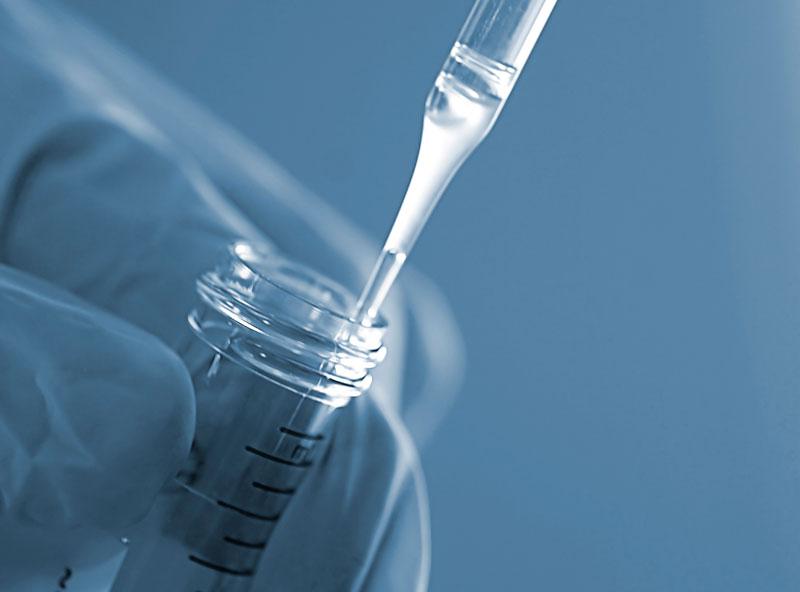
There appears to be no evidence of the SARS-CoV-2 virus in the semen of patients recovering from COVID-19 a month after diagnosis, according to a study, suggesting that the virus is unlikely to gain entry into testicular cells through an ACE2/TMPRSS2-mediated mechanism.
Using real-time quantitative reverse transcription PCR, researchers assayed single ejaculated semen samples from 34 adult Chinese males (median age, 37 years; median body mass index, 25 kg/m2) recovering from COVID-19 for the presence of SARS-CoV-2. They also looked at the expression patterns of ACE2 and TMPRSS2 in the testicle.
Generally, the patients exhibited mild-to-moderate symptoms of COVID-19 at the time of disease confirmation. The median time from the collection of a semen sample from a confirmatory diagnosis of COVID-19 was 31 days.
None of the semen samples tested positive for SARS-CoV-2. Furthermore, single-cell transcriptome analysis revealed sparse expression of ACE2 and TMPRSS2, with almost no overlapping gene expression.
The single-cell transcriptome data indicate that ACE2 RNA expression occurs at low levels, the researchers said. “Therefore, ACE2-mediated viral entry of SARS-CoV-2 into target host cells is unlikely to occur within the human testicle.”
However, the researchers acknowledged that they could not definitively rule out the presence of SARS-CoV-2 in the seminal fluid during an acute infection with severe COVID-19 symptoms. Additional investigation is needed to shed light on the long-term impact of SARS-CoV-2 on male reproductive function, including fertility and testicular endocrine function.